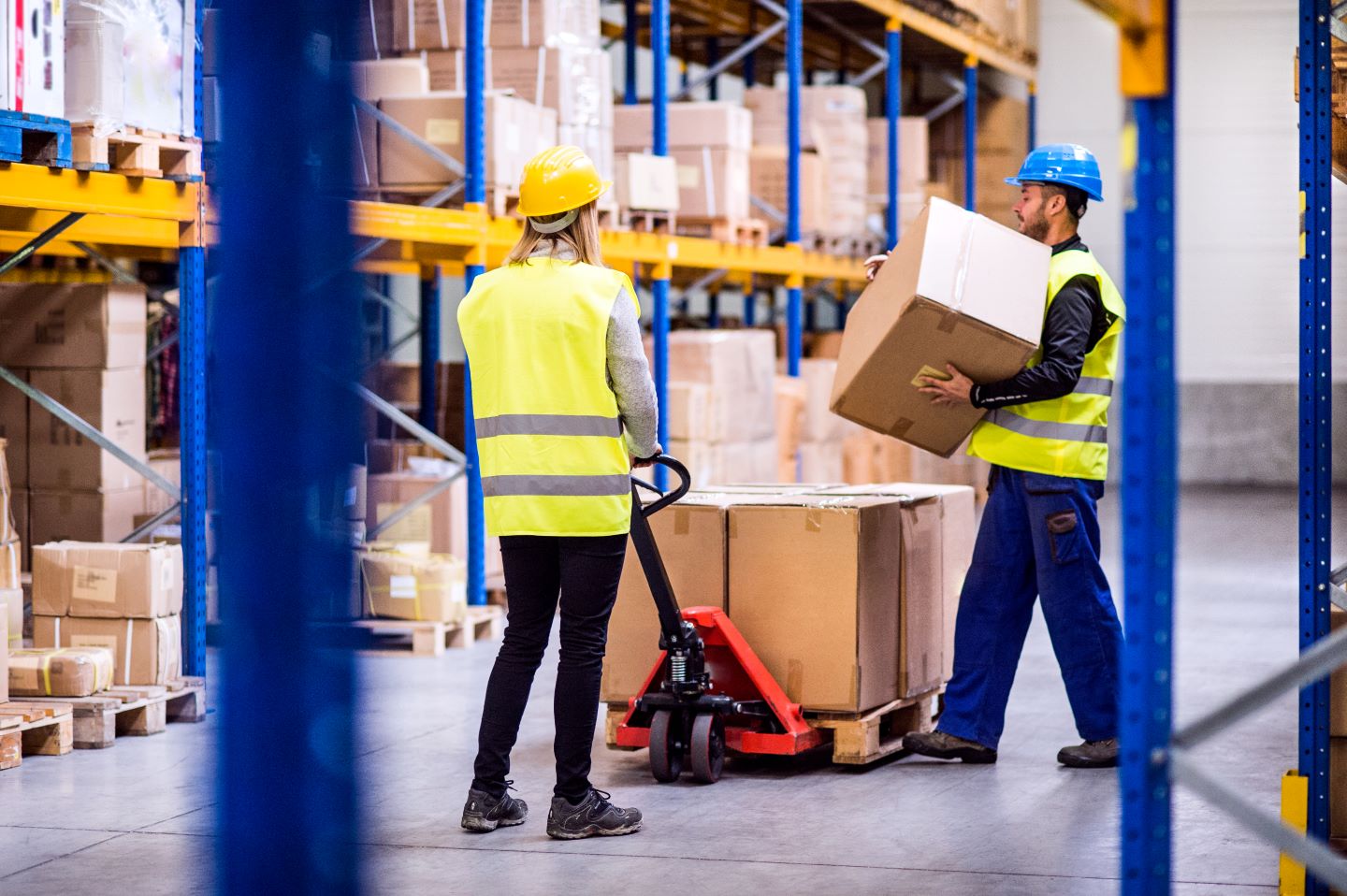Top 10 Safety Hazards in Warehousing
Working in a warehouse can be incredibly dangerous, and many people don’t even realize it. Some health and safety issues might surprise you. Today, let’s discuss the top ten safety hazards in warehousing.
In 2021, “transportation and warehousing experienced the highest injury and illness rate involving days away from work per 10,000 workers.”
Safety hazards in the workplace are certainly something to take seriously, and should be addressed and handled properly.
The following are the top 10 health and safety hazards you will find in most warehouses worldwide:
Heavy EquipmentIf you work in a warehouse regularly while using machinery (i.e., forklifts, automated shelving systems, etc.), getting incredibly comfortable using the equipment is natural. While this can be a significant advantage in your productivity, it can be a disadvantage because you might need to remember the dangers of the machine. Employees must be aware of the potential risks of machines in the warehouse. Always be careful and cautious when operating any of the machinery so that you can do what you can to avoid any incidents from heavy equipment.
Slips And TripsThere are many slip-and-trip incidents in the warehousing industry. If you want to prevent as many slips or trips as you can in your warehouse, there are proactive measurements you can implement. Do not allow loose materials to accumulate on the floor, in rooms, in poorly lit areas, or on the end of shelving rows. Clean up all spills and leaks promptly or tape them off to prevent machinery and people from moving through them.
FallsFalling is always an issue, and it is a very common cause of injury in warehouses. Make sure workers stay aware of their surroundings so that they can understand where they are at all times. Ensure there are proper guard rails in all the necessary areas and that you know why you need them in a warehouse and how to install them in your warehouse.
FiresFires are the most overlooked and forgotten warehouse hazards you will find but can also be one of the most devastating. Fires are a preventable hazard, and you can help by having building permits and clearly marking your exits and fire extinguisher locations as per the local Fire or Building Code. Avoid leaving exposed wires, leaking flammable fluids and dust build-up around the warehouse. Make sure people do not run electrical cords under the carpet.
Heavy MaterialsEnsure workers and visitors are informed of the warehouse's hazards from moving and storing heavy materials at heights. Provide every single employee with enough training regarding machinery used in the warehouse and the dangers of heavy materials stored on shelving or stacked in rows. Pedestrian traffic should be kept away from loading docks as much as possible.
Hazardous SubstancesMake sure your personnel are trained in WHMIS and are aware of the controlled product list for the building. This should also include any products controlled under Transportation of Dangerous Goods legislation. Spill kits, flagging, Personal Protective Equipment and spill training will be necessary to care for controlled/hazardous products, and potential consequences.
ErgonomicsThere are several ergonomic techniques that you can take to ensure your employees do things the right way. Employees should be taught the proper way of lifting so that they don’t lift the wrong way and injure themselves.
Moving PartsCompanies need to ensure they are always paying close attention to the warning labels on the operated machines. Most machines will have moving parts and can be very dangerous if not used as per manufacturers’ instructions and procedures. If machines are not used properly, it can result in severe injury or death.
Falling ObjectsMany warehouses have items stacked high on shelves or other platforms, which means that falling objects are always a hazard. Heavy loads should be stacked neatly, and as close to the ground as possible so the load does not shift when moving. If you happen to have objects that are cylindrical in shape, stack them to prevent them from rolling off the shelf.
Lack of TrainingThere are many situations where warehouses tend to skip the training aspect for their employees because it helps to save them both time and money with their employees. Not training can increase incidents and complaints, costing much more in the long run. If the warehouse staff is not adequately educated, the warehouse will not perform to its fullest potential, and unsafe acts may prevail.
Goal Zero understands that developing and implementing a safety program can be difficult. Therefore, let us to do the work for you! Contact us today, and let’s get started.

